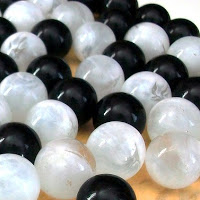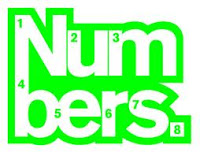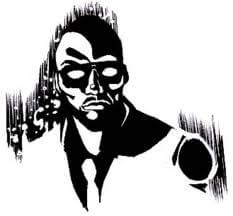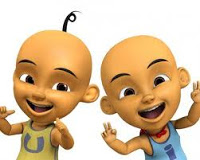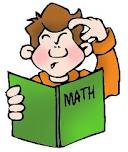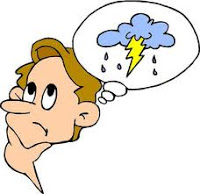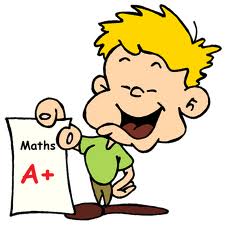#1 - Logic Thinking Puzzle
At a restaurant downtown, Mr. Red, Mr. Blue, and Mr. White meet for lunch. Under their coats they are wearing either a red, blue, or white shirt.Mr. Blue says, 'Hey, did you notice we are all wearing different colored shirts from our names?' The man wearing the white shirt says, 'Wow, Mr. Blue, that's right!'
Can you tell who is wearing what color shirt?

Blue could only be wearing white or red and we know that there is already someone else wearing the white shirt so Mr. Blue could only be wearing the red shirt.
Mr. White could have only been wearing a blue or a red shirt, and red is already taken, so Mr. White is wearing a blue shirt.
Mr. Red now has to be wearing a white shirt.

